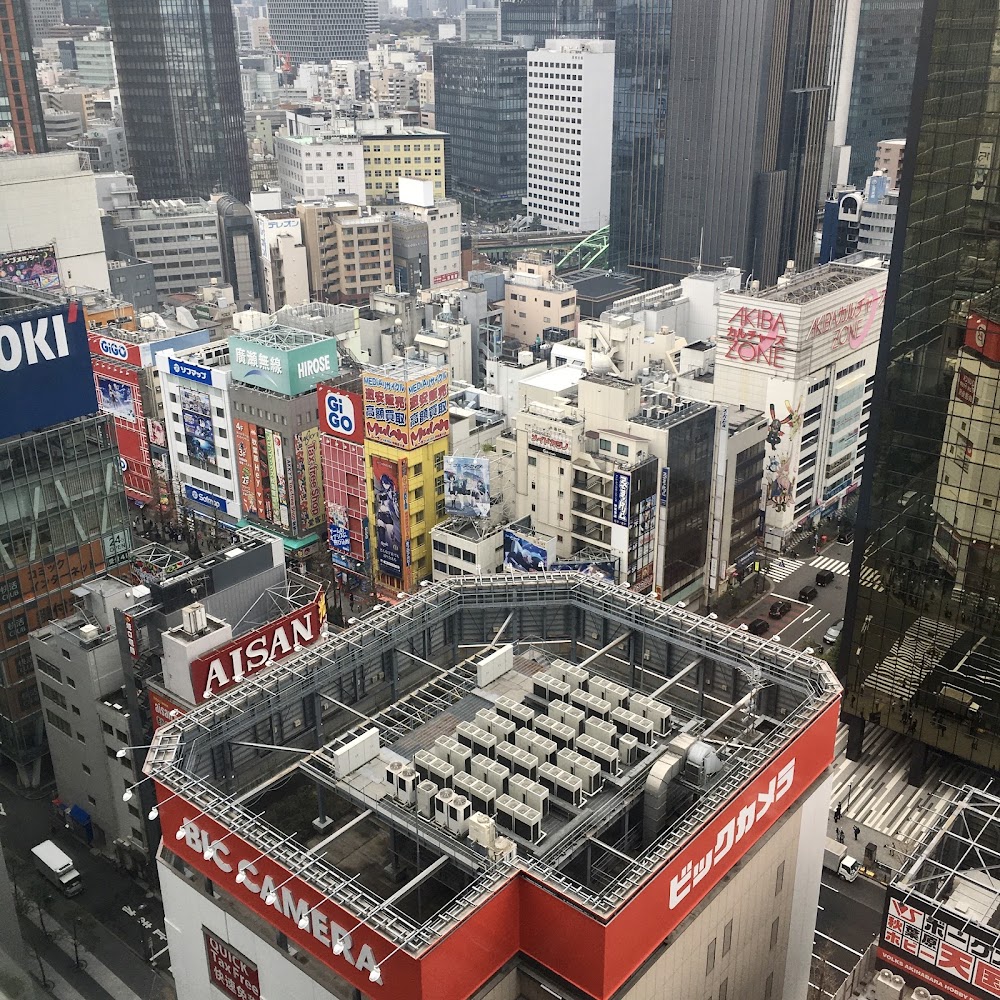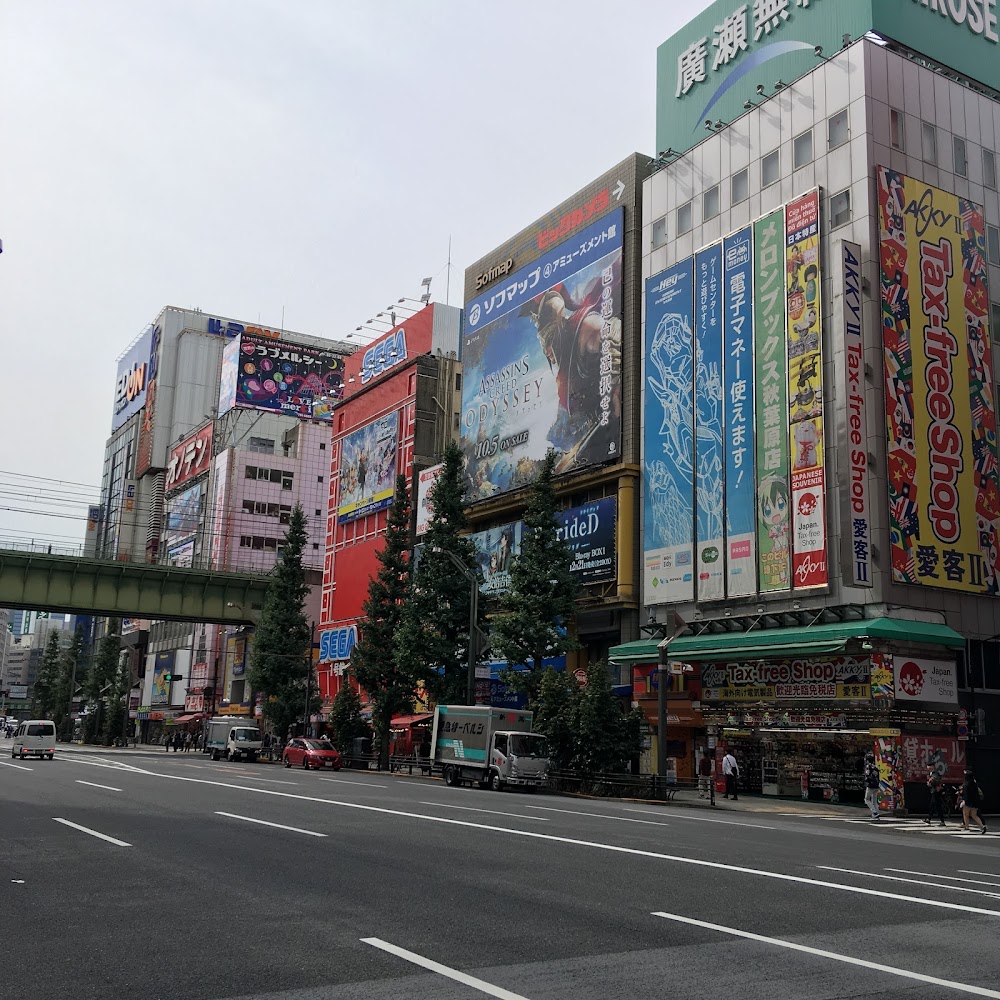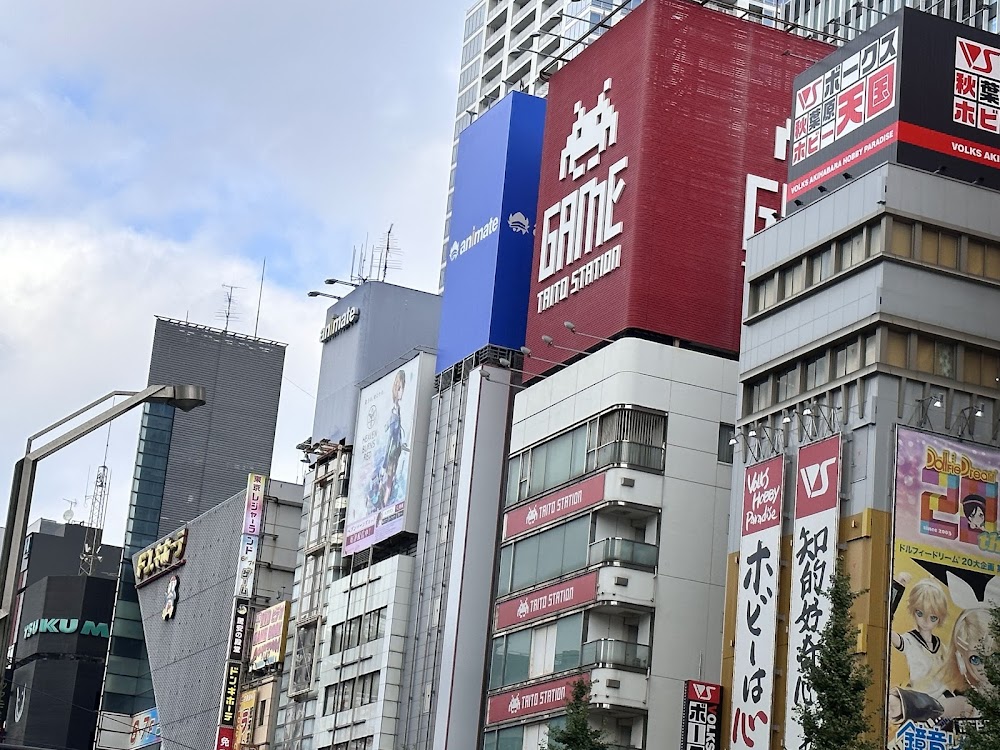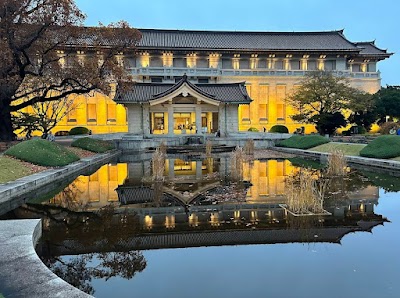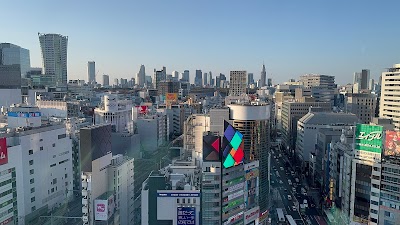Akihabara (秋葉原)
Overview
Akihabara Electric Town, commonly referred to as Akihabara, is a vibrant district in Tokyo, Japan, celebrated as a sanctuary for electronics enthusiasts and anime fans alike. Its transformation into the bustling electric town we recognize today began in the aftermath of World War II, setting the stage for a unique blend of technology and pop culture.
Historical Roots
Initially, Akihabara was a quaint town situated near the Akihabara Station, which opened its doors in 1890. The chaos that followed World War II gave rise to a black market where enterprising individuals sold electronic parts smuggled from American military surplus. This underground economy laid the groundwork for the district's future as a tech hub.
Recognizing the potential of this burgeoning market, savvy entrepreneurs began opening small shops, selling radios and various electronic components. Akihabara quickly gained a reputation as the go-to destination for all things electronic, attracting a growing number of tech enthusiasts.
Growth and Evolution
The 1960s and 1970s marked a significant expansion period for Akihabara. As Japan led the world into the electronics boom, the demand for appliances, radios, and early computing devices surged. Major Japanese electronics companies like Panasonic, Sony, and Fujitsu started supplying their products to local retailers, further enhancing the district's status as an electronics paradise.
By the 1980s, Akihabara diversified its offerings, becoming a hub for personal computers and related technology. The demographic shifted as it began to attract not only tech-savvy customers but also computer programmers and software developers, solidifying its role in Japan's technological landscape.
The Anime and Manga Boom
The late 1990s and early 2000s ushered in another transformative phase, as Japan's vibrant anime and manga culture began to permeate the district. Specialized stores selling manga volumes, anime DVDs, figurines, and other merchandise started to emerge alongside traditional electronics shops. Akihabara evolved into a mecca for otaku culture, blending technology with fandom.
Today, Akihabara offers a captivating fusion of cutting-edge technology and pop culture. Massive stores like Yodobashi Camera and Sofmap sit alongside tiny stalls that sell niche electronic parts. Unique experiences, such as maid cafes where waitresses don charming costumes, attract both tourists and devoted otaku, adding a whimsical layer to the district's identity.
Architectural Landscape
The architectural scenery of Akihabara is as eclectic as its offerings. Multi-story buildings adorned with colorful advertisements and towering LED screens dominate the streets, creating a neon wonderland. Even the backstreets, lined with smaller shops and hidden gems, exude a distinctive vibrancy that invites exploration.
Government initiatives also contribute to Akihabara's allure. Policies designed to support local businesses and tourism help ensure that the district thrives economically and culturally. Regular events such as comic fairs, tech expos, and themed festivals draw visitors from around the globe, keeping the spirit of Akihabara alive.
In essence, Akihabara Electric Town is a dynamic district that has continually adapted to the changing times, transforming into a multifaceted destination for both tech enthusiasts and pop culture aficionados. It stands as a testament to Tokyo's—and Japan's—ability to blend tradition with cutting-edge innovation, making it an essential stop on any Tokyo itinerary.


